mini computer board
Mini Computer Board Market: Expert Analysis & 2025 Technical Deep Dive
Gain authoritative insights into the mini computer board landscape with in-depth technical evaluations, market data, and actionable recommendations for 2025.
Expert Market Analysis
The mini computer board market is experiencing robust expansion, driven by the convergence of compact hardware innovation and the surging demand for energy-efficient, versatile computing solutions. According to Q2 2025 market data, the global mini PC segment is valued at approximately $15 billion, with a projected CAGR of 12% through 2033. This growth is underpinned by the proliferation of remote work, the rise of edge computing, and the increasing adoption of digital signage, point-of-sale (POS) systems, and industrial automation platforms. Notably, the single board computer (SBC) subsegment is forecasted to reach $3.02 billion in 2025, up from $2.85 billion in 2024, reflecting a 5.8% CAGR. Industry leaders such as Intel, Raspberry Pi Foundation, ASUS, and Lenovo continue to shape the competitive landscape, while emerging players drive innovation in form factor and connectivity. The Asia-Pacific region, particularly China and India, is witnessing accelerated adoption due to favorable manufacturing ecosystems and expanding IoT deployments. However, the market faces headwinds from component price volatility, supply chain disruptions, and looming tariff uncertainties, as highlighted in recent industry reports.
Technical Deep Dive
Mini computer boards, including single board computers (SBCs) and small form factor (SFF) boards, are engineered for high performance in compact footprints. Leading models such as the Raspberry Pi 5 (launched Q4 2024) feature a quad-core ARM Cortex-A76 processor at 2.4 GHz, up to 8GB LPDDR4X RAM, dual 4K HDMI outputs, and Wi-Fi 6/Bluetooth 5.2 connectivity. Industrial-grade boards like the Intel NUC 13 Pro (released March 2025) offer 13th Gen Intel Core i7 CPUs, up to 64GB DDR5 RAM, Thunderbolt 4, and TPM 2.0 security modules, meeting stringent enterprise requirements. Testing methodologies for these platforms include PassMark and Geekbench benchmarks, thermal stress testing, and real-world workload simulations (e.g., AI inferencing, 4K video playback, and multi-threaded compilation). Key technical considerations include power efficiency (often sub-15W TDP), modular expansion (M.2, PCIe, GPIO), and compliance with standards such as CE, FCC, and RoHS. Hands-on evaluations reveal that while ARM-based boards excel in low-power, embedded scenarios, x86-based SFF boards deliver superior performance for virtualization and edge analytics. Implementation challenges often center on thermal management, driver compatibility, and long-term firmware support, particularly in industrial and mission-critical deployments.
Industry Impact Assessment
Mini computer boards are transforming a wide array of industries. In manufacturing, they power real-time process monitoring and predictive maintenance systems. Retailers deploy them for digital signage and POS terminals, leveraging their reliability and low maintenance overhead. The education sector benefits from affordable, scalable computing platforms for STEM curricula and remote learning labs. In healthcare, mini boards enable portable diagnostic devices and secure medical data gateways. The rise of edge AI has further expanded their utility, with boards like NVIDIA Jetson Nano (rev. 2025) supporting on-device inferencing for smart cameras and robotics. However, real-world deployments highlight challenges such as environmental ruggedization, regulatory compliance (e.g., IEC 60601 for medical devices), and the need for robust remote management tools. Industry partnerships—such as Intel’s collaborations with leading OEMs and the Raspberry Pi Foundation’s educational alliances—underscore the strategic importance of ecosystem development.
Comparative Analysis
Compared to traditional desktop PCs, mini computer boards offer significant advantages in size, power consumption, and deployment flexibility. SBCs like the Raspberry Pi 5 and ASUS Tinker Board 2S (2025) are ideal for embedded and IoT applications, while SFF PCs such as the Intel NUC 13 Pro target enterprise desktops and edge servers. ARM-based boards deliver superior energy efficiency and are favored for battery-powered and fanless designs, whereas x86-based boards provide broader software compatibility and higher compute throughput. In benchmark testing, the Intel NUC 13 Pro outperforms ARM-based SBCs in multi-core workloads but at a higher price point and power draw. Limitations of mini boards include constrained I/O, limited upgradability, and, in some cases, shorter product life cycles. Price sensitivity remains a key factor, with entry-level SBCs starting at $35 and high-end SFF boards exceeding $800 (prices as of May 2025; subject to change).
Implementation Considerations
Successful deployment of mini computer boards requires careful planning around workload requirements, environmental conditions, and long-term support. Key best practices include:
- Thermal management: Use of passive or active cooling solutions to prevent thermal throttling in high-load scenarios.
- Power supply design: Ensuring stable, regulated power delivery, especially in industrial or mobile applications.
- Software stack selection: Choosing operating systems (e.g., Ubuntu 24.04 LTS, Windows IoT Enterprise 2025) and middleware with proven driver support.
- Security hardening: Implementing TPM modules, secure boot, and regular firmware updates to mitigate vulnerabilities.
- Lifecycle management: Selecting vendors with clear long-term support (LTS) policies and robust RMA processes.
Expert Recommendations
For organizations considering mini computer boards, the following guidance is recommended:
- Align board selection with application requirements—ARM for low-power, embedded use; x86 for compute-intensive or legacy software needs.
- Prioritize platforms with active community and vendor support to ensure timely security patches and driver updates.
- Evaluate total cost of ownership, factoring in not just hardware price but also integration, maintenance, and lifecycle costs.
- Leverage industry certifications (e.g., CE, FCC, RoHS) to streamline regulatory approval, especially for commercial deployments.
- Engage in pilot testing to validate performance under real-world conditions before large-scale rollout.
Future Outlook
The mini computer board market is poised for continued innovation and expansion through 2030. Key trends include the integration of AI accelerators (e.g., NPUs, TPUs), adoption of advanced wireless standards (Wi-Fi 7, 5G), and the emergence of modular, upgradable board architectures. Analyst predictions from Q2 2025 suggest that edge computing and industrial IoT will be primary growth drivers, with the Asia-Pacific region leading adoption. Regulatory developments, such as stricter cybersecurity mandates and environmental standards, will shape product design and vendor selection. While supply chain risks and tariff uncertainties persist, strategic partnerships and ecosystem investments are expected to mitigate these challenges. As mini computer boards become increasingly central to digital transformation initiatives, organizations that prioritize flexibility, security, and long-term support will be best positioned to capitalize on this dynamic market.
Recent Articles
Sort Options:
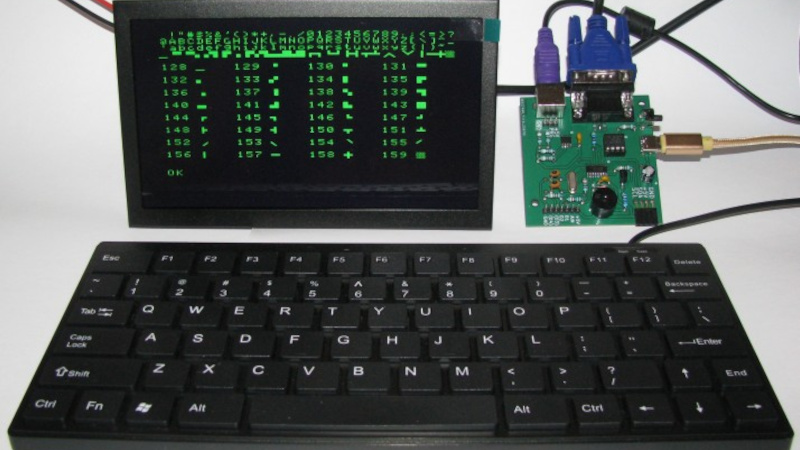
A Proper Computer For a Dollar?
The TinyBasRV computer, featuring a CH32 microcontroller and running TinyBASIC, offers an intriguing low-cost option for BASIC programming enthusiasts. With expandability and headless operation, it presents a fun project for tech hobbyists, despite competition in the market.
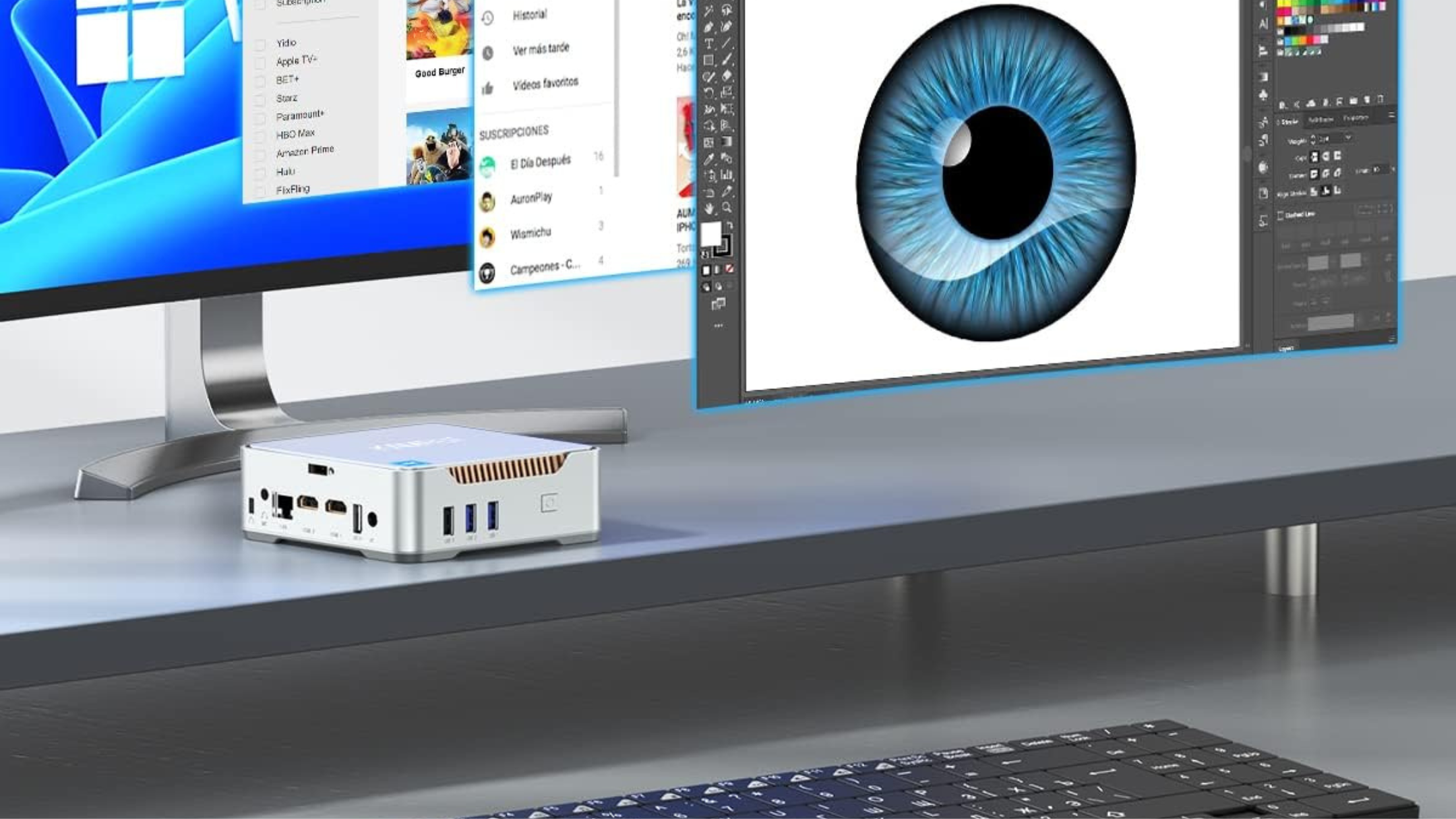
Replace that tired old tower with this sleek mini PC that's now just $100
Mini PCs offer an affordable, compact, and versatile computing solution. Ideal for traditional use, they also enhance home labs, bolster home security systems, and serve as the central hub for smart home technology, making them a valuable addition to any setup.

Don't bother digging through Prime Day deals when you can save $50 on this Beelink Mini PC
Mini PCs offer a budget-friendly alternative to traditional computers, providing compact solutions for everyday tasks. While not designed for high-end gaming, they efficiently fit into smaller spaces, making them an ideal choice for users seeking practicality without breaking the bank.

Mac Mini Rival, This Mini PC with 256GB Storage Now Costs Peanuts on Prime Day
A newly released mini PC has emerged as the most affordable option on the market, capturing the spotlight as the top seller during Prime Day. This budget-friendly device is attracting attention for its impressive performance and value.
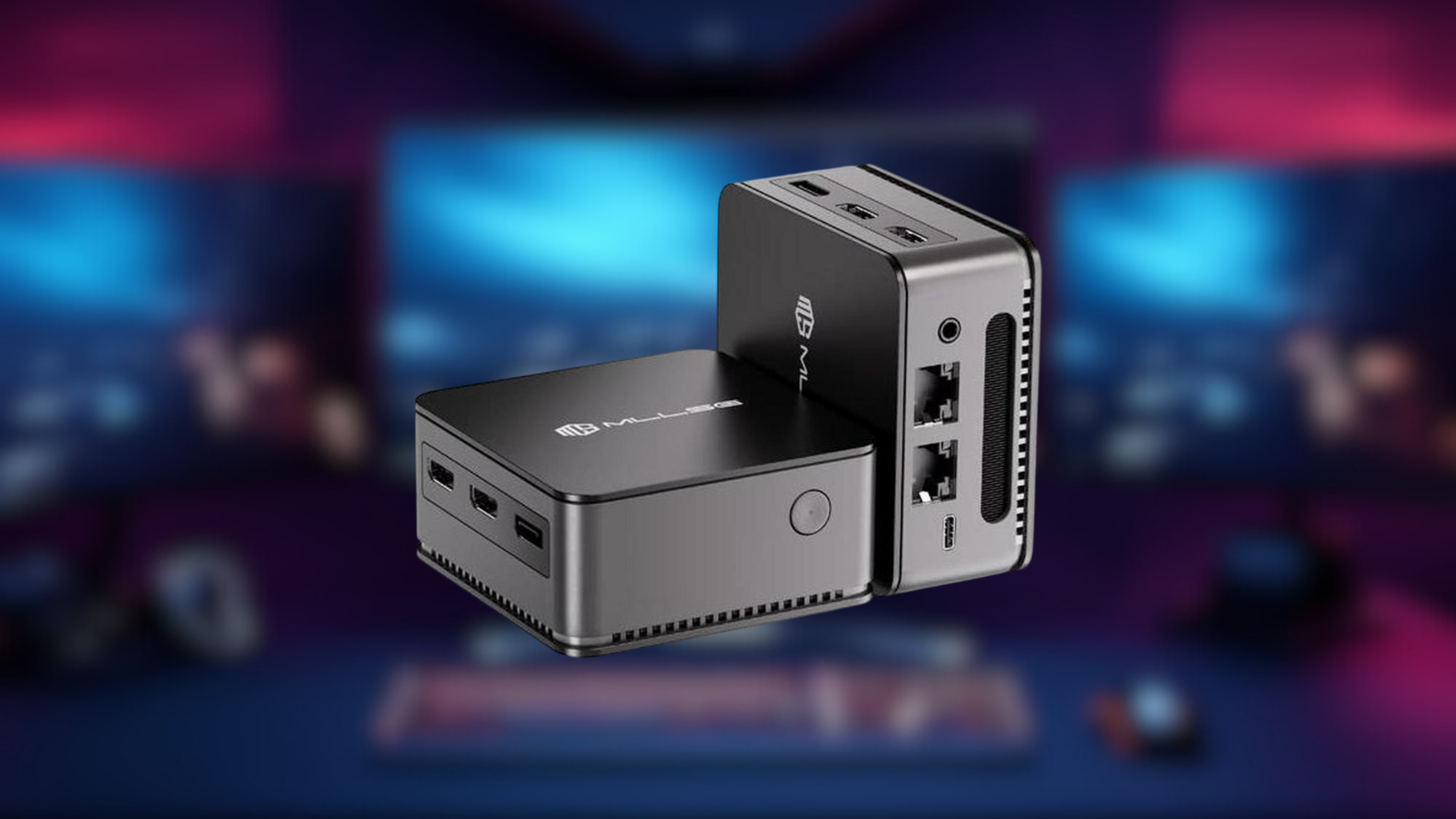
This affordable mini PC has all the power you need and it's now just $130
Mini PCs offer a powerful and versatile alternative to traditional desktop computers, making them ideal for those seeking a compact solution for projects or everyday use. The article highlights the abundance of options available in the market today.
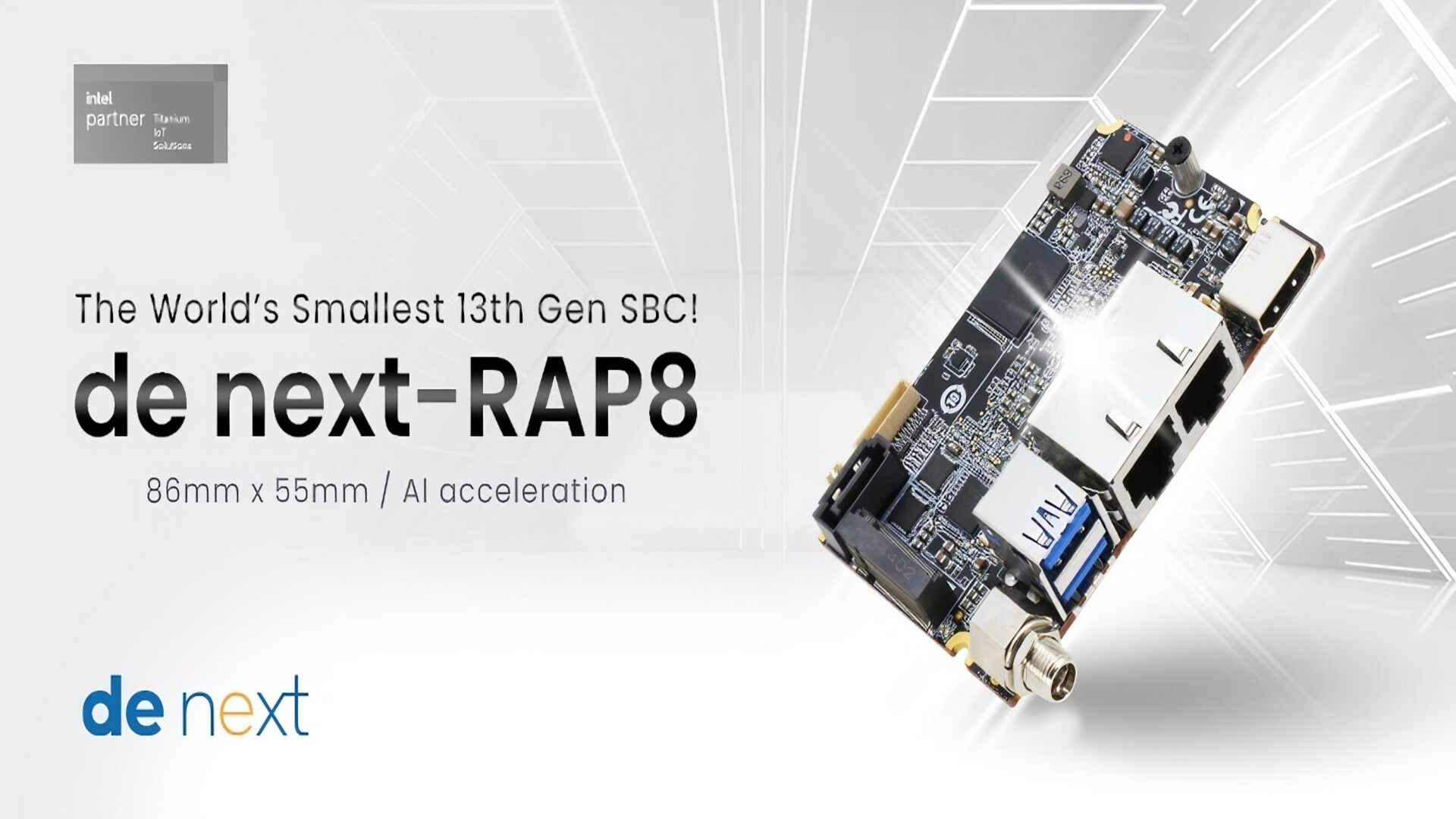
This Intel Core i7 motherboard is probably the world's most powerful SBC - and yet it is as small as the Raspberry Pi 5
AAEON's de next-RAP8 is a compact single-board computer featuring 13th Gen Intel Core processors, designed for robotics and industrial applications. While it offers impressive performance, its complexity limits suitability for standard office environments.
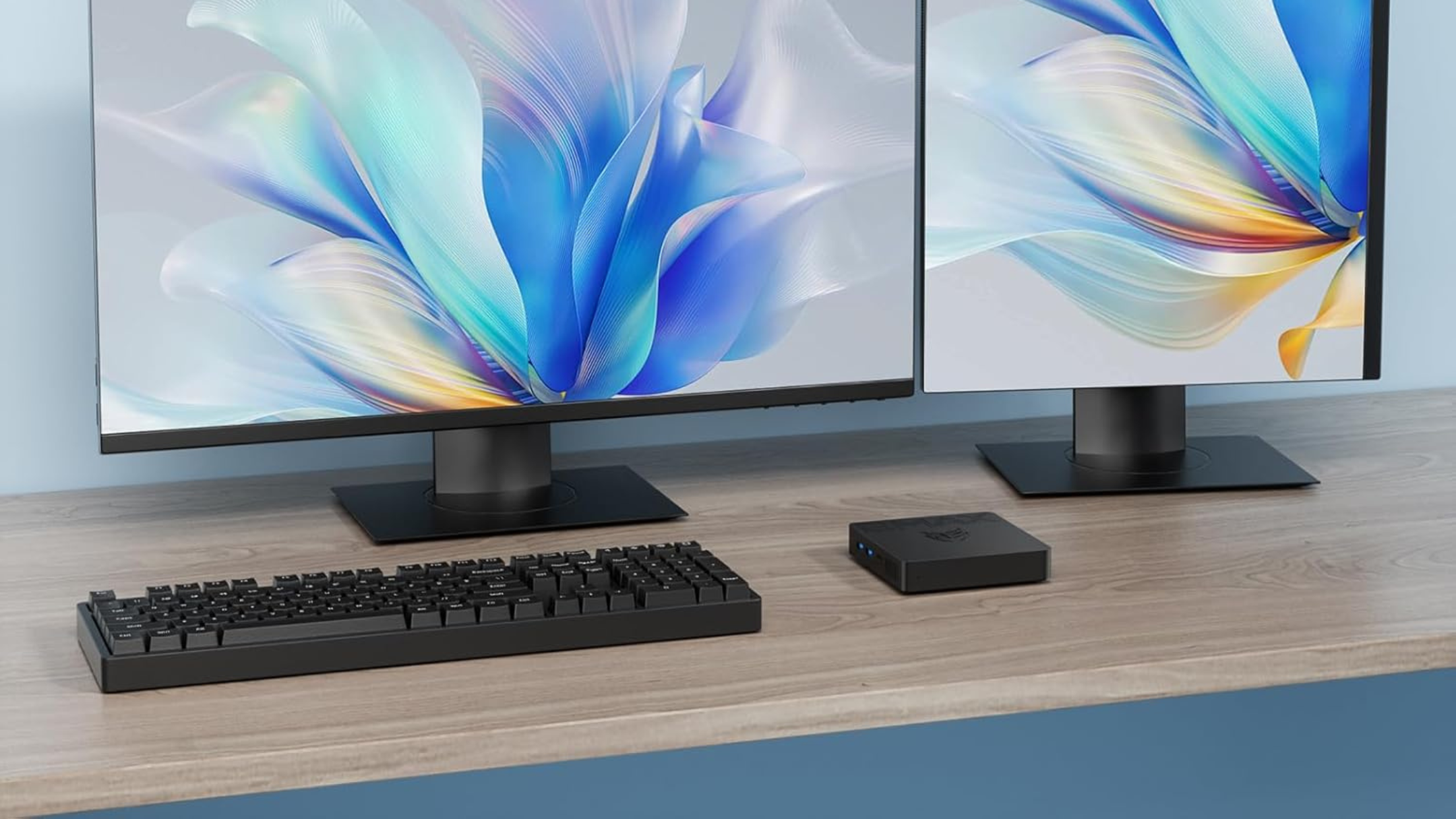
Kickstart your next project with this compact mini PC for only $100
Mini PCs are gaining popularity for their unbeatable combination of power, price, and compact size. The publication highlights their value and versatility, making them a superior choice compared to laptops and Raspberry Pi options.

This Custom Mini Computer Has a Raspberry Pi And a Tiny CRT
A new tiny custom computer has emerged as an intriguing proof-of-concept, showcasing the creativity in miniaturized technology. While it may not serve practical purposes, its innovative design captures the fascination of tech enthusiasts and showcases the potential of compact computing.